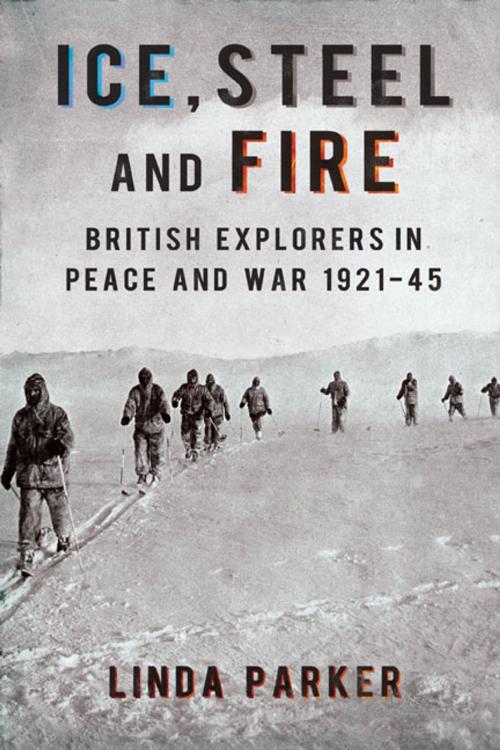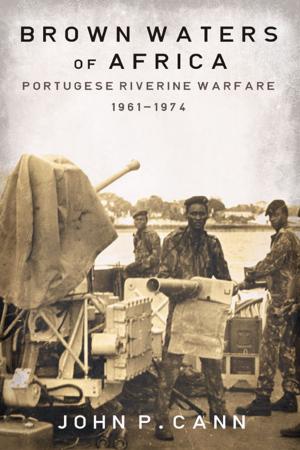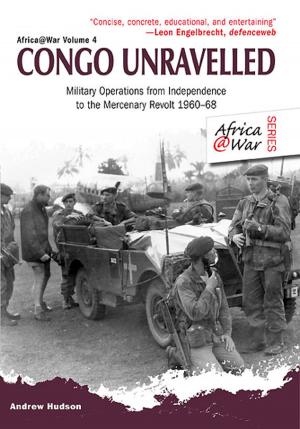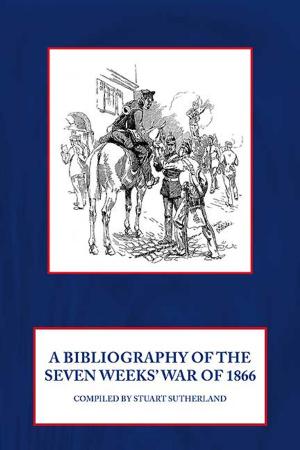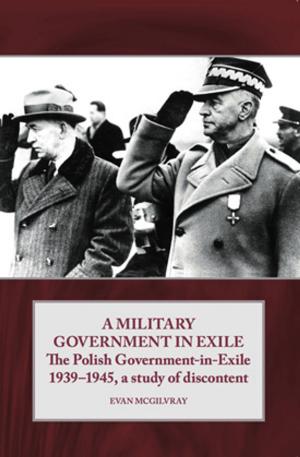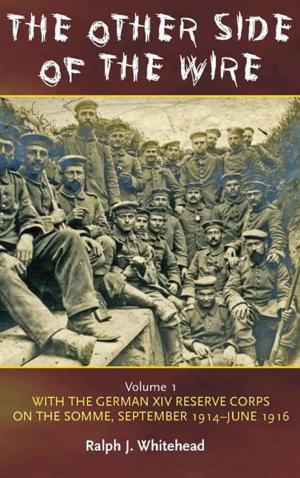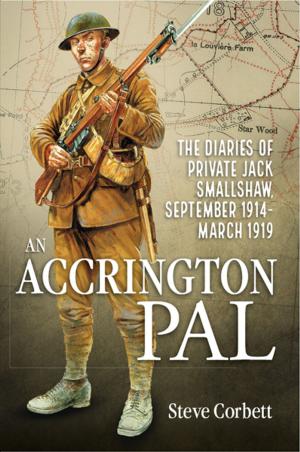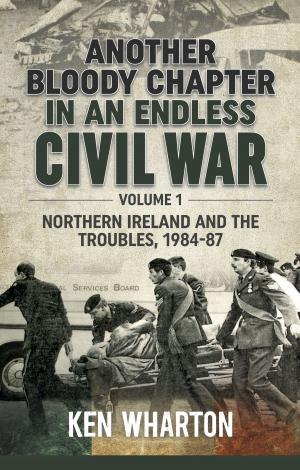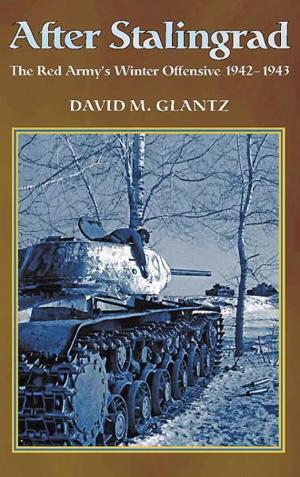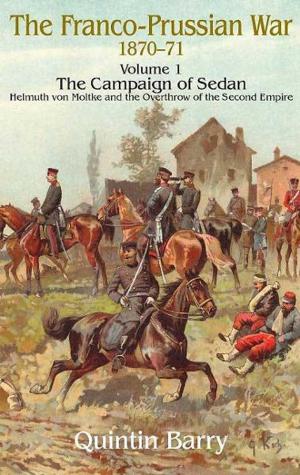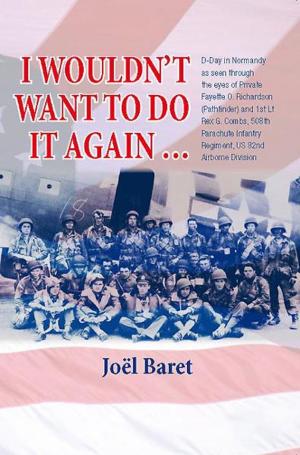Ice Steel and Fire
British Explorers in Peace and War 1921-45
Nonfiction, History, Military, Aviation, World War II, Biography & Memoir, Historical| Author: | Linda Parker | ISBN: | 9781909982451 |
| Publisher: | Helion and Company | Publication: | July 19, 2013 |
| Imprint: | Helion and Company | Language: | English |
| Author: | Linda Parker |
| ISBN: | 9781909982451 |
| Publisher: | Helion and Company |
| Publication: | July 19, 2013 |
| Imprint: | Helion and Company |
| Language: | English |
The generation that reached maturity in the inter war years had grown up in the shadow of the heroic age of Polar exploration and the sacrifices of a generation in the Great War. Their own adventures were to prove as astonishing and heroic as those of a previous generation.
The members of the British Arctic air route expedition to Greenland, including Martin Lindsay, Quintin Riley and Freddie Spencer Chapman, were to pioneer the weather research methods necessary for Trans-Atlantic Flight. The university expeditions to Spitsbergen led by George Binney in the 1920s and Sandy Glen in the 1930s traversed and surveyed unexplored ground and contributed to developments in polar flight and radar. Glen's expeditions added to the knowledge of Arctic conditions by over-wintering. Other pre-war exploits of these adventurers included a voyage around the world the wrong way, and participation in the British Graham Land Antarctic expedition. Peter Fleming, brother to the creator of James Bond - Ian Fleming - spent the 1930s exploring Brazil, China and Tartary. Fleming's exploits are recounted in detail in this book.
The character, skills and endurance obtained in these years set these adventurers and explorers apart as men who were to play a distinguished and heroic role in the Second World War. Their expertise in Arctic conditions, small boat handling, and exploring in all climatic conditions resulted in their participation in all aspects of warfare and arenas of battle, particularly as exponents of 'special operations', and as key members of Britain's first special forces. Their war service took them from the fjords of Norway and Spitsbergen to the jungles of Burma and Malaya and the beaches of Normandy and Italy. They were involved in blockade running, covert operations in Yugoslavia, Corsica and France and took part in major initiatives such as Ian Fleming's Intelligence gathering force, No 30 Assault unit, and the raid on St Nazaire.
Most of these men had known each other before war came in 1939. In some cases they ended up serving alongside one another in wartime. The intertwined stories of these characters in peace and war are examples of how the spirit of adventure shown by men in the inter war years contributed to Britain's outstanding role in the Second World War. Linda Parker has written an important study that is equally relevant to both the history of British exploration and the genesis and early days of Britain's special forces 1939-45 - a quite unique and hitherto unexamined relationship.
Linda Parker combines teaching History on a part time basis with her writing, and is currently completing a PhD at Birmingham University. Her main areas of interest are 20th Century Military History, Church History and the History of Polar exploration. She is a member of the Western Front Association. She was born and educated in Wales, but now lives in Oxfordshire with her husband and their dog. She enjoys walking and travelling, ideally together, and her ambition is to visit Antarctica. Her first book published by Helion was The Whole Armour of God: Anglican Army Chaplains in the Great War (2009).
The generation that reached maturity in the inter war years had grown up in the shadow of the heroic age of Polar exploration and the sacrifices of a generation in the Great War. Their own adventures were to prove as astonishing and heroic as those of a previous generation.
The members of the British Arctic air route expedition to Greenland, including Martin Lindsay, Quintin Riley and Freddie Spencer Chapman, were to pioneer the weather research methods necessary for Trans-Atlantic Flight. The university expeditions to Spitsbergen led by George Binney in the 1920s and Sandy Glen in the 1930s traversed and surveyed unexplored ground and contributed to developments in polar flight and radar. Glen's expeditions added to the knowledge of Arctic conditions by over-wintering. Other pre-war exploits of these adventurers included a voyage around the world the wrong way, and participation in the British Graham Land Antarctic expedition. Peter Fleming, brother to the creator of James Bond - Ian Fleming - spent the 1930s exploring Brazil, China and Tartary. Fleming's exploits are recounted in detail in this book.
The character, skills and endurance obtained in these years set these adventurers and explorers apart as men who were to play a distinguished and heroic role in the Second World War. Their expertise in Arctic conditions, small boat handling, and exploring in all climatic conditions resulted in their participation in all aspects of warfare and arenas of battle, particularly as exponents of 'special operations', and as key members of Britain's first special forces. Their war service took them from the fjords of Norway and Spitsbergen to the jungles of Burma and Malaya and the beaches of Normandy and Italy. They were involved in blockade running, covert operations in Yugoslavia, Corsica and France and took part in major initiatives such as Ian Fleming's Intelligence gathering force, No 30 Assault unit, and the raid on St Nazaire.
Most of these men had known each other before war came in 1939. In some cases they ended up serving alongside one another in wartime. The intertwined stories of these characters in peace and war are examples of how the spirit of adventure shown by men in the inter war years contributed to Britain's outstanding role in the Second World War. Linda Parker has written an important study that is equally relevant to both the history of British exploration and the genesis and early days of Britain's special forces 1939-45 - a quite unique and hitherto unexamined relationship.
Linda Parker combines teaching History on a part time basis with her writing, and is currently completing a PhD at Birmingham University. Her main areas of interest are 20th Century Military History, Church History and the History of Polar exploration. She is a member of the Western Front Association. She was born and educated in Wales, but now lives in Oxfordshire with her husband and their dog. She enjoys walking and travelling, ideally together, and her ambition is to visit Antarctica. Her first book published by Helion was The Whole Armour of God: Anglican Army Chaplains in the Great War (2009).
